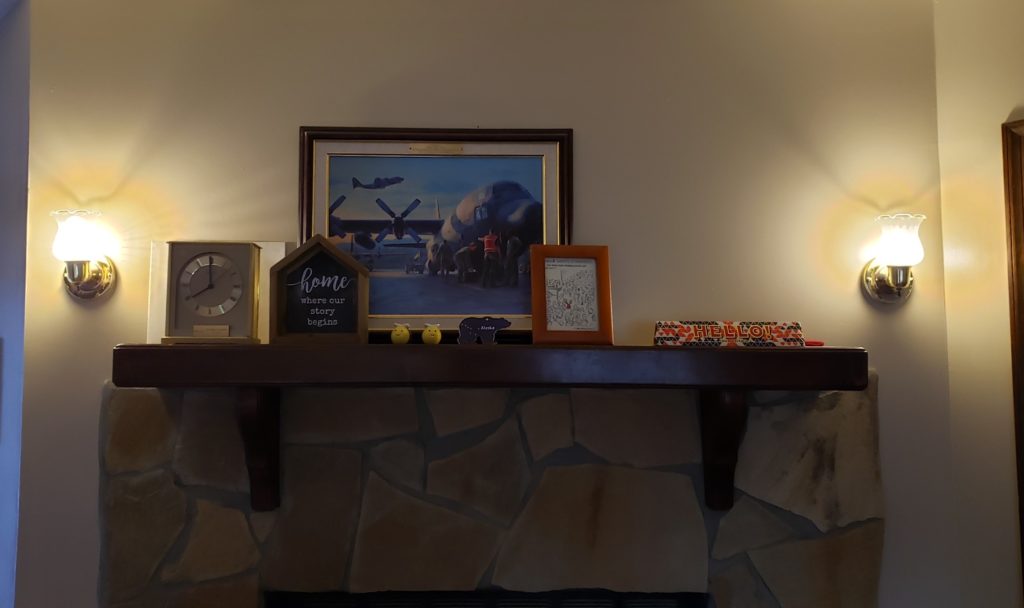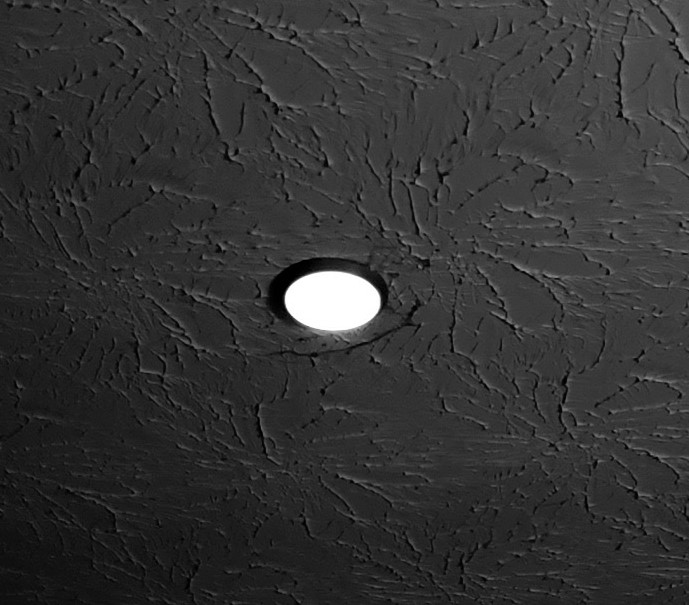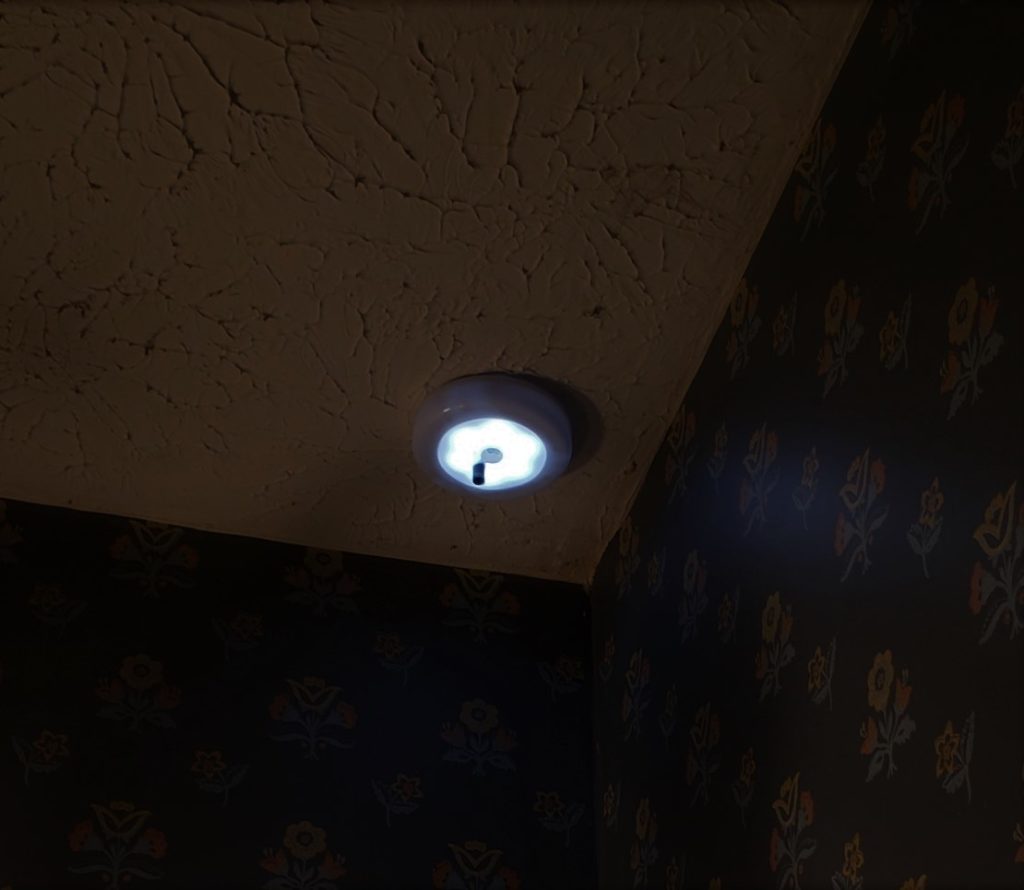One benefit of living in the same house for 30 years is having the knowledge gained from being there. Our little home looses power momentarily several times a month. Longer outages (like an hour) happen very infrequently and are usually related to a violent storm moving through our area. Maybe twice since we’ve lived here did the power fail for more than a day. So for me, a generator would probably die in storage before it was needed. (I had a 7KVA generator for a while and really loud! It was also a significant amount of work exercising the engine and maintaining a supply of gasoline, so I gave it away.)
We have three large banks of batteries in the garage and they power three UPS units that are designed to be connected to them. Our highest priority load is the refrigerator. The 1KVA UPS with external battery can maintain operation for about 24 hours and I’ve got two solar panels to extend that into two days with bright sunlight. A second UPS and battery bank supports all the computers in the house and the emergency lights. A rather large third unit can make a pot of coffee in the morning or toast a bagel on solar power. (It also can run the microwave with some adjustments.)
In 2019 I bought a very small generator to extend the runtime of these UPS units, it took months to figure out a reliable way of connecting this tiny generator. In the end the UPS units could not be directly powered by the generator using their power cords. What does work well is to use power supplies and charge the batteries with the generator.
One surprising revelation was that these small generators are most efficient at 100% load. An 860VA generator producing 500W generates about 4.4KW/Gallon of gas. At 130W that same generator only produces about 1.8KW/Gallon of gas. With that in mind it made sense to me to intermittently run the generator and use the UPS batteries to support the load. The charge/discharge battery losses were easily made up with the increased efficiency of the generator at it’s maximum rating.
Using a adjustable current & voltage power supply, the charging currents and full charge voltages can be set for the generator power rating, storage battery size and type. In my case I have enough battery to consume more charging current than the ESI860 generator can produce. The ESI860 can run for about a little over 3.5 hours on a tank (.4 Gal) of gasoline at full load of 500W. 12 Amps (About the maximum the ESI860 would support) for 3.5 hours is 54AH at 28Volts (3780WH/Gal) into 200AH of battery.
Looking at the load side of the equation I need to be under 300W average load. The Fridge is roughly 100W average so everything else should be less than 200W. I can also run the generator more often or supplement the charging with solar.


